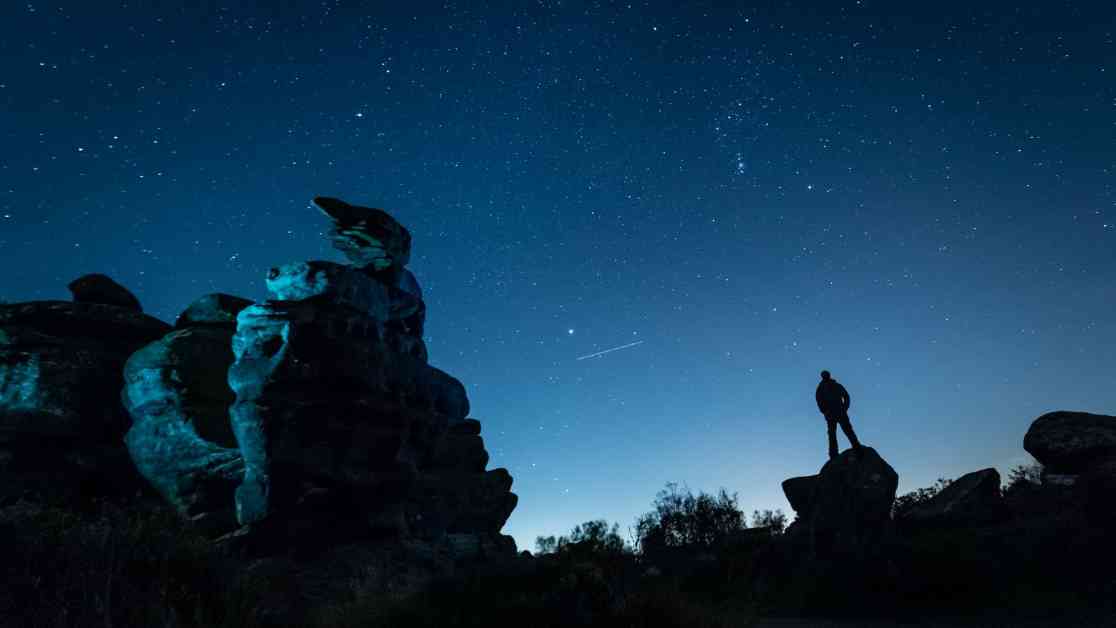The Orionid Meteor Shower is set to light up the night sky with a stunning display of celestial fireworks caused by debris left by Halley’s Comet. The shower peaks for several hours from midnight, offering stargazers the best chance to witness up to 25 meteors every hour until the early morning.
This annual event occurs as the Earth passes through debris from Halley’s Comet, shedding ice and rocky dust into space. The dust grains eventually become the Orionids in October, creating a mesmerizing light show in the sky. Named after the Orion constellation, these meteoroids can travel at speeds of 148,000mph, appearing as bright streaks of light.
To catch a glimpse of this spectacular event, you don’t need a telescope – just a bit of patience, a clear sky, and a spot away from light pollution. Experts recommend positioning yourself around 30 minutes before midnight in a dark area and looking up to the sky to witness the shower’s peak between midnight and dawn.
However, this year, viewing conditions may be challenging due to the moon’s bright light. The waning gibbous phase of the moon reduces visibility, making it harder to see the meteors. The Royal Greenwich Observatory suggests that while tonight may not offer the best viewing experience, the moon’s light will continue to decrease until November 7, providing more opportunities to witness the Orionids.
So, grab a blanket, head outside, and gaze up at the sky to witness nature’s own light show with the Orionid Meteor Shower. Even if tonight’s viewing is hindered by the moon, there’s still a chance to catch this spectacular event later in the month.










